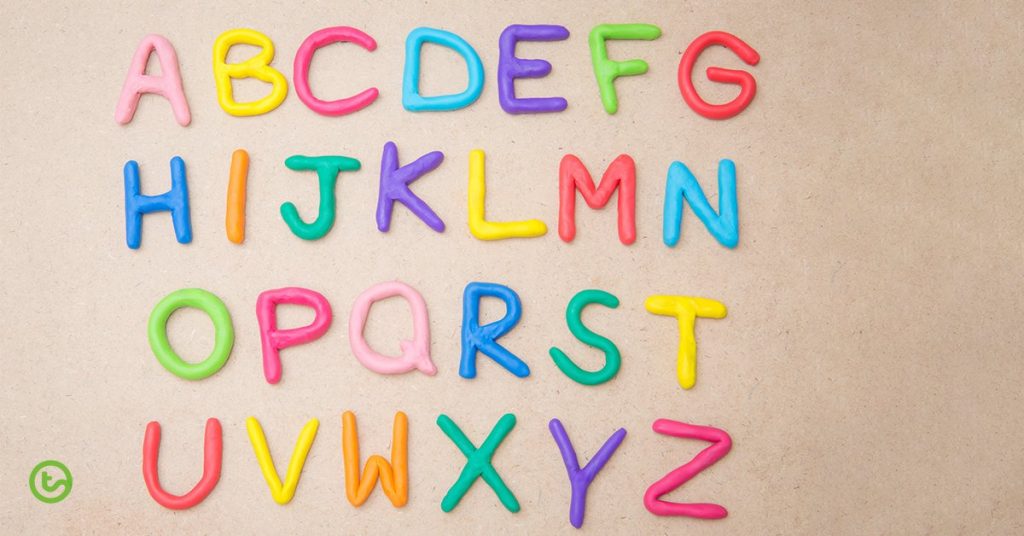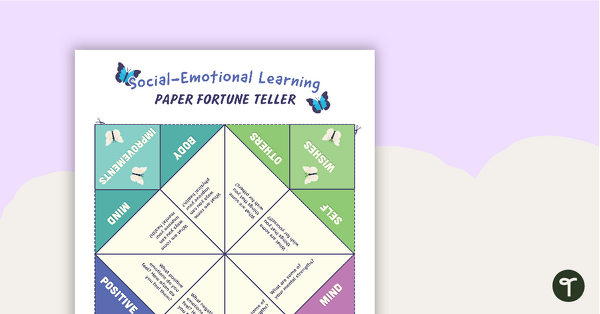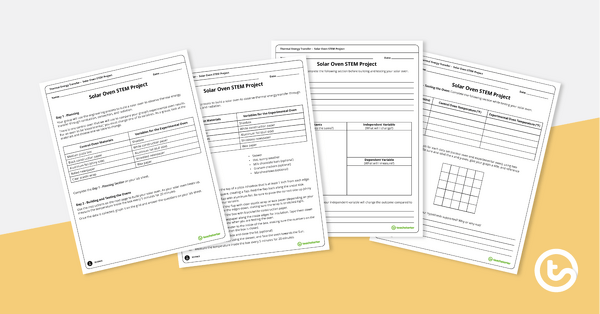Ask teachers what they love most in this world, and the list is probably going to start with “my students,” include a reference to something caffeinated and conclude with some sort of writing instrument (we see you Flair pen lovers). But let’s face it: The education system really loves a good school acronym, doesn’t it? These strings of letters and abbreviations make conversations go quicker, but they can be confusing if someone throws a new acronym around the school!
School Acronym Guide
Try to carry on a conversation with your grade level team, and it’s all IEP this and SRO that. If you’re new to the world of teaching, or maybe you’ve just heard a new acronym, here’s your quick and easy translation guide to some of the most-used school acronyms in the United States!
ADA — Americans with Disabilities Act, a federal act that provides discrimination protections for Americans with a variety of disabilities, the ADA mandates special accommodations not just for students with “substantial impairment” but for teachers too. The ADA ensures rights for school staff with disabilities such as access to a service dog or a modified work schedule.
ADD/ADHD – Attention Deficit Disorder or Attention Deficit Hyperactivity Disorder, a disorder that affects more than 6 million American children.
APE — Adaptive Physical Education or Adapted Physical Education, this form of education is federally mandated by the ADA for students with certain disabilities
ASD — Autism Spectrum Disorder, a group of developmental disabilities that can cause social, communication, and behavioral challenges for students.
BIP — Behavior Intervention Plan, typically formulated by the Committee on Special Education at a district for students with disabilities that impact their behavior in the classroom and includes information on the causes of the behavior and plans and positive behavioral supports to address the behavior
CBA/CBM — Curriculum-Based Assessment/Curriculum-Based Measurement, is any form of assessment based on the curriculum that a child is studying
CSE— Committee on Special Education, a team of multidisciplinary educators appointed to address students’ special education needs
CPS — Child Protective Services, a government agency charged with responding to reports of child abuse and neglect. The acronym CPS is used in some states as the specific name of the agency while in others it’s a general acronym that may be used to refer to an agency that goes by a different (albeit similar) name.
CST— Child Study Team, a team of multidisciplinary educators that works with parents to establish a plan to get children on a path to academic success. Often a CST is called in before a special education assessment.
DARE— Drug Abuse Resistance Education, a drug and alcohol education program typically run by a police agency in partnership with the school district
EIS — Early Intervention Services, services provided to infants and toddlers with developmental delays
ELA — English Language Arts, the study of the English language, including speaking, reading, writing, and listening skills
EL/ELL — English Learner or English Language Learner, this term applies to students whose first language is not English
EQ — Emotional Quotient, another term for emotional intelligence, this refers to a person’s ability to recognize their own emotions
ESL— English as a Second Language, a designation that means the student’s native language is not English. Typically ESL refers to the act of learning English as a second language, while the students themselves may be referred to as ESOL (see below).
ESEA/ESSA — The Elementary and Secondary Education Act is a federal act from the 1960s that was later amended by the No Child Left Behind (NCLB) Act of 2001 and then replaced by the Every Student Succeeds Act (ESSA) in 2015.
ESOL — English Speakers of Other Languages, this refers to students whose native language is not English.
FAPE — Free and Appropriate Public Education, what students are supposed to get under IDEA (see below!), at no cost to their parents
FERPA — Federal Educational Rights and Privacy Act, a federal law that protects students’ right to privacy
FTE— Full-Time Equivalent, an employee who is employed in a full-time capacity
GATE — Gifted and Talented Education, enrichment and acceleration services provided to students who have been identified as gifted or talented
GPA — Grade Point Average, the average value of a student’s accumulated grades
IDEA — Individuals with Disabilities Education Act, like the ADA, this federal act ensures that students with disabilities are protected from discrimination in the classroom
IDEA 97 — The reauthorization and revisions of IDEA made in 1997
IEP — Individualized Education Plan. A legal document that maps out the services available to a student with disabilities, including what goals the student should be meeting and the supports required to help the student achieve those goals. This document includes input from the IEP Team (see below).
IEPT — IEP Team, a team of folks who work together to create a child’s IEP, the team typically includes parents, teachers, and other members of the school staff such as school counselors, occupational therapists, etc.
LMS — Learning Management System, this software is used to provide educational courses, track student progress, and more. Popular examples include Schoology and Google Classroom
LRE — Least Restrictive Environment, the type of educational setting in which kids are supposed to receive FAPE under IDEA
NCLB– No Child Left Behind, a federal reauthorization of the Elementary and Secondary Education Act passed in 2001 and replaced by the Every Student Succeeds Act in 2015.
OER — Open Educational Resources, these teaching resources are considered public domain — they have been released under an intellectual property license that allows teachers to use them for free in the classroom
OHI — Other Health Impairment, a term that refers to a range of diseases and disorders that cause limited strength, vitality, or alertness, including a heightened alertness to environmental stimuli, that can have an affect on a student’s education
OT — Occupational Therapy/Occupational Therapist, a treatment to improve motor skills, balance, and coordination. ·
PBIS — Positive Behavior Intervention and Support, a program that establishes the behavioral expectations of a student body
PD — Professional Development, courses and training undertaken by teachers to enhance their skills (also referred to as continuing education)
PE — Physical Education, a term that has replaced “gym” in modern education
SEL — Social and emotional learning, a set of skills, knowledge, and behaviors involved in understanding and managing emotions, setting positive goals, feeling empathy for others, engaging in positive relationships, and solving problems effectively
SIP — School Improvement Plan, a plan detailing school-wide strategies for improving student performance, typically mandated by the state department of education
SIS — Student Information System, software that includes information on a student, including methods for contacting parents/guardians, demographic data, discipline records, etc.
SPED —Special Education, a practice providing academic accommodations to address kids’ individual differences, disabilities, and special needs
SRO — School Resource Officer, a police officer assigned by your local police agency to your school building or district
STEM/STEAM — Science, Technology, Engineering, and Mathematics or Science, Technology, Engineering, Art and Mathematics, a curriculum that integrates the skills of the subjects to help students think creatively and learn to innovate
TK — Transitional Kindergarten, a year of school often serving as a bridge between pre-school and kindergarten
USED — United States Education Department, the federal government agency that provides assistance to state and local agencies primarily responsible for education
We know it’s not an acronym used in schools … technically … but we’d be remiss if we didn’t mention 504, wouldn’t we? The three numbers are a common school abbreviation for Section 504, a portion of the federal ADA that applies to any program that receives federal funding and protects students in those programs from discrimination.
That was a lot, we know! So we made the handy “Periodic Table of Education Acronyms” to print and hang near your teacher desk … so you never have to send your grade level team a “huh?” email!
We know there are some acronyms used in schools in the US that are specific to states or even school districts, so if we missed any, please let us know below!
Banner image via shutterstock/Phonlamai Photo
The post School Acronyms Every Elementary Teacher Needs to Know appeared first on Teach Starter.










